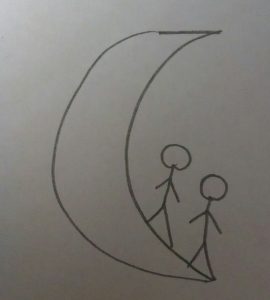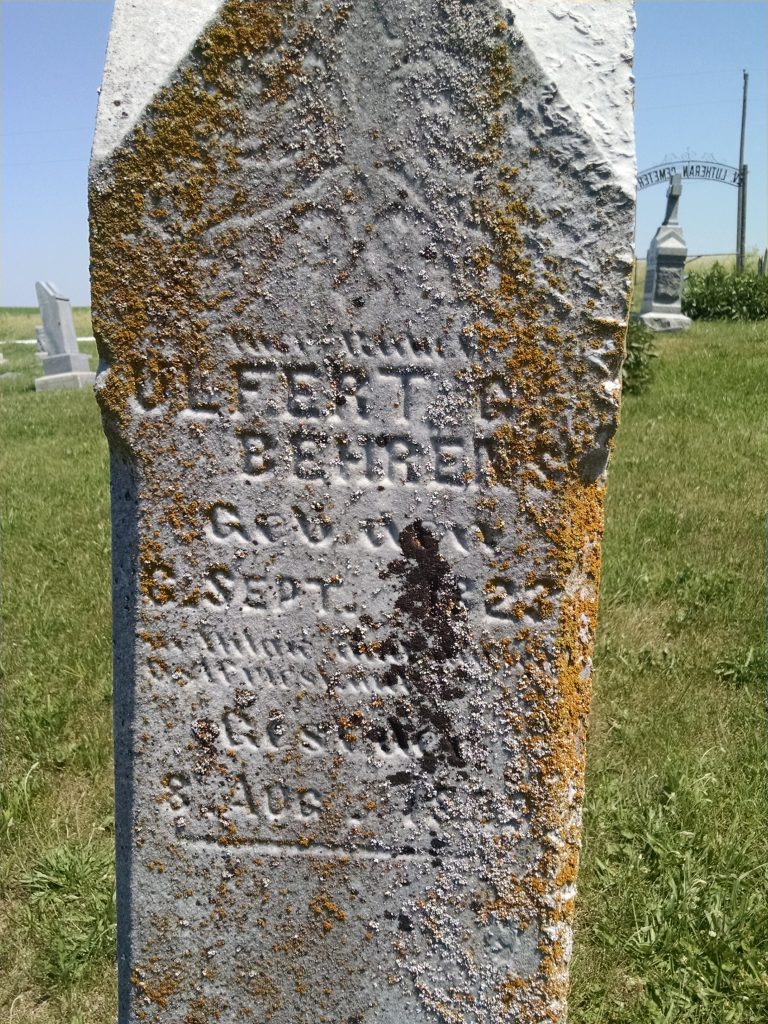Avoiding “Fake” Ancestors
There is no way to be entirely certain a tree is one hundred percent correct. Ever. Humans will make errors. However there are some ways to reduce the number of errors in your tree, creating a more accurate tree for future generations and reducing the chance you create more brick walls for yourself in the process. This presentation is aimed at those who have been researching their genealogy for a while and would not consider themselves experts but are no longer real beginners either.

Moon People–probably not your ancestors!
This discussion will concentrate on:
- determining when to enter information into a database and when not to
- the elements of proof and evidence–with suggested ways to learn more
- responsible use of online trees for clues
- avoiding common and not-so-common errors
- why it is not the number of sources that matter
- finding it on 1,000 trees does not make it true
- additional ways to improve your research skills
This hour-long session can be ordered for download. Download includes PDF handout and recorded media file.
Brick Wall Busters 2017 Version
This hour-long presentation (aimed at advanced beginner and intermediate researchers) focuses on research approaches to get you past “brick walls”. We will look at reasons why we have “brick walls” and how we may be making our own “brick walls.” Focus will be on problem-solving, getting past assumptions, realizing what we know versus what we think we know, and completely analyzing and understanding what we already have.
Order here for immediate download. Recorded presentation and handout included.
Using Indexes at FamilySearch
Making the best use of indexed materials at FamilySearch requires a knowledge and understanding of how the indexes at FamilySearch work and how they do not. After providing an overview of search strategies to use at FamilySearch we will look at several examples where locating the person of interest was more involved than simply typing their name the search box and finding it the first time. This presentation will also briefly address organizing your online search strategy.
Basics of Citation
I  We looked at several examples during the hour-long presentation and discussed the philosophy of citations in a down-to-earth, practical fashion. Our focus was on typical documents and sources researchers use. We did not focus on the arcane or unusual.
We looked at several examples during the hour-long presentation and discussed the philosophy of citations in a down-to-earth, practical fashion. Our focus was on typical documents and sources researchers use. We did not focus on the arcane or unusual.
One of my goals was to make citations less intimidating. I want people to cite their sources.
It is not the end of the world if your citations are not in the technically proper format. My goal is to make researchers less concerned about minute details and more concerned about the importance of citations and what information is crucial for later research and analysis. I don’t want to people to forgo citations because they’re worried about not doing them right.
The presentation can be ordered for immediate download–handout included.
Do I Cite it All?
Making “your case” is more than simply citing every document that mentions a date of birth, a date of death, a marriage, a parent-child relationship, etc. It is determining what to cite, and if no one document states the fact clearly, including all the relevant documents. Depending upon the situation, making your case may involve deciding what documents to use if you have fifteen sources that all provide a date of birth. We will see how to pick and choose sources when there are many of them and how to make your case when it takes multiple sources to reach a conclusion. We will look at three different examples (at least) from the 18th and 19th centuries.
Purchase media file and handouts. Download is immediate.